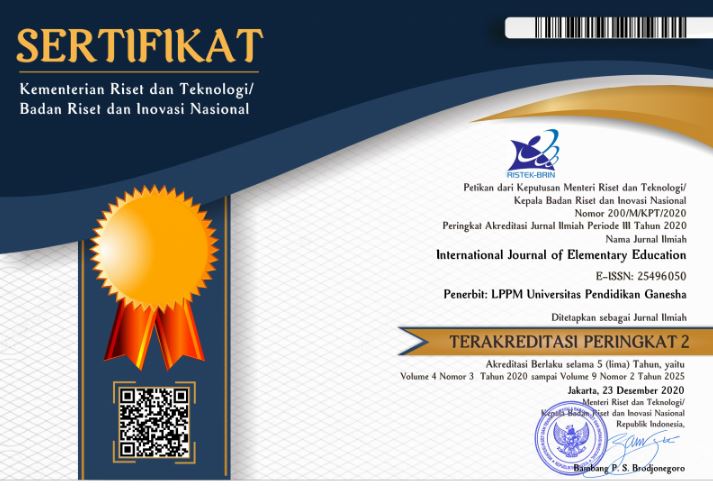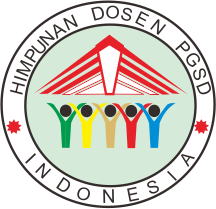Integrating Blambangan Culture of Banyuwangi into Elementary Science Education: An Ethnoscience Approach
DOI:
https://doi.org/10.23887/ijee.v8i3.84439Keywords:
Ethnoscience, Local Culture, Natural ScienceAbstract
The integration of local culture into science learning poses a significant challenge in enhancing the relevance of instructional materials to daily life. This study aims to analyze the Blambangan Culture of Banyuwangi through an ethnoscience approach in elementary science education. A qualitative research method was employed, using data collection techniques such as observations and interviews with cultural experts. Data analysis was conducted using the theory by Miles, Huberman, and Saldana, involving stages of data collection, data presentation, data reduction, and conclusion drawing. The findings reveal the mapping of elementary science materials with the Blambangan Culture of Banyuwangi through an ethnoscience approach. The cultural elements analyzed include mepe kasur, gintangan, gedhogan, metik padi, petik laut, and batik gajah uling. Relevant science topics include force and energy, plants, sound and waves, as well as terrestrial and marine ecosystems. This study concludes that the mapping results can serve as the foundation for developing more contextual teaching materials through an ethnoscience approach, thereby improving students' understanding of science concepts grounded in local culture.
Published
How to Cite
Issue
Section
License
Copyright (c) 2024 Rizki Putri Wardani, Nuriman, Khoirunnisa Az Zahro, Ahmad Saddam Hussein Alfaroidz

This work is licensed under a Creative Commons Attribution-ShareAlike 4.0 International License.
Authors who publish with the International Journal of Elementary Education agree to the following terms:
- Authors retain copyright and grant the journal the right of first publication with the work simultaneously licensed under a Creative Commons Attribution License (CC BY-SA 4.0) that allows others to share the work with an acknowledgment of the work's authorship and initial publication in this journal.
- Authors are able to enter into separate, additional contractual arrangements for the non-exclusive distribution of the journal's published version of the work (e.g., post it to an institutional repository or publish it in a book), with an acknowledgment of its initial publication in this journal.
- Authors are permitted and encouraged to post their work online (e.g., in institutional repositories or on their website) prior to and during the submission process, as it can lead to productive exchanges, as well as earlier and greater citation of published work. (See The Effect of Open Access)








